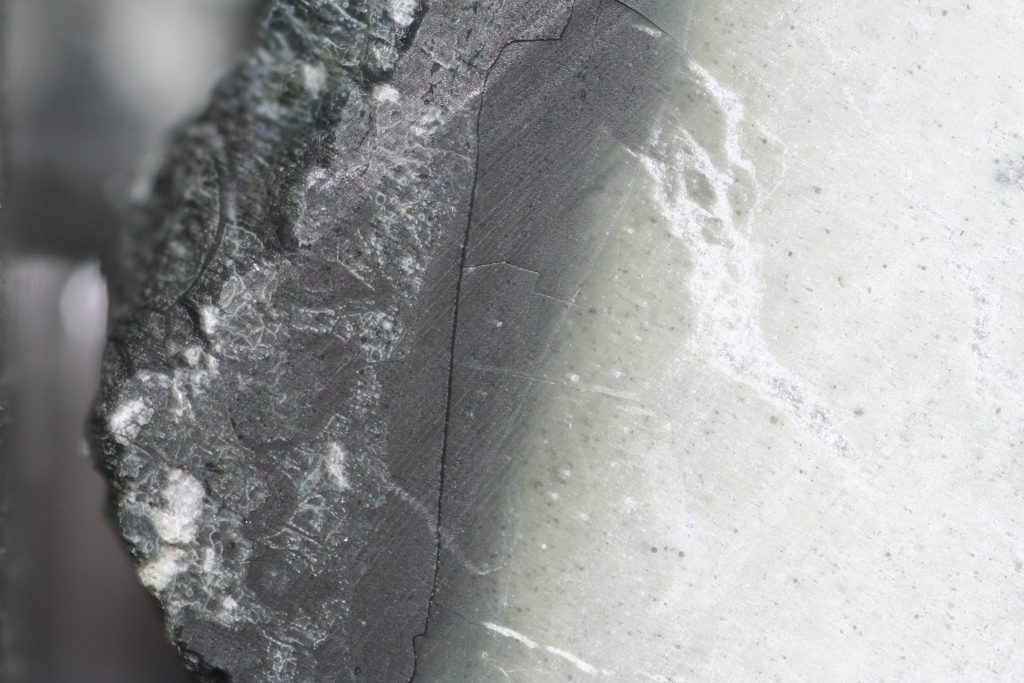
Micro to the macro, or was it the other way around?
Issues of scaling always come up in all fields of science. In oceanography we talk about mesoscale and submesoscale features, but there are also larger phenomena like basin-scale, and smaller microscale.
Each is important with important information, that when applied to describe the dynamics of a process, can yield fruitful results and answers. Eddy formation and shear, internal waves, moving thermoclines and deep chlorophyll maximum zones, I am familiar with! Sometimes working across scales can be a useful thing to do. But caution always needs to be exercised, making sure that a certain feature at a certain scale that describes what we are looking for is operating at the scale we are ascribing to the feature in question.
Here on the expedition, I am seeing some very sophisticated analyses taking place. The scientists are trying to try to describe the Shatsky Rise with aging techniques through chemical analyses from samples from different layers in the core. These are coupled with microfossil identification and placing certain species known to have existed at certain geological periods coupled with paleomagnetic orientation of inclination. All these processes operate at different spatial (in the vertical and horizontal) and temporal scales, but when the puzzle is put together and work in the type of collaboration I am seeing here, they can produce a most fascinating picture of the Earth’s history.